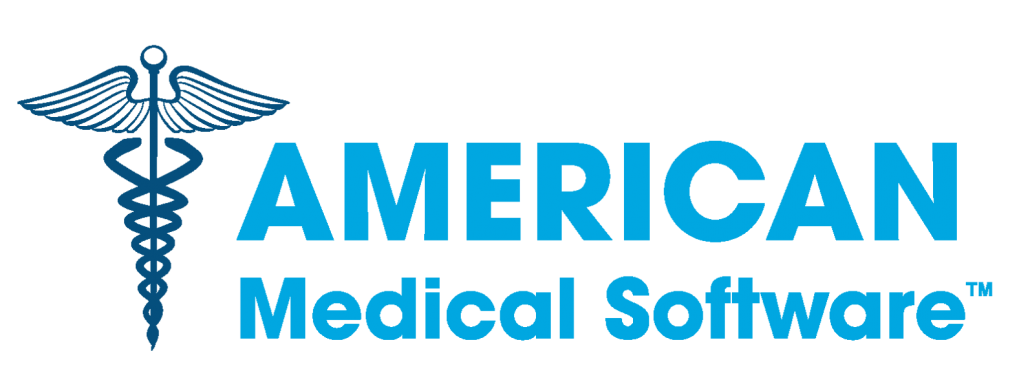Patient Medical Record File Exporting
Section 1: Mass Export Steps
- In AMS Ultra Charts Version 28, go to Export in the file menu at the top, select Export CCDA Documents
- The files will be exported into a folder specific to each patient with an images folder inside the patient’s folder
- (for example, on a server, this would most likely be: C:\windir\CCDA\000001\images)
- The CCDA files will be a .xml file that follows the C-CDA 2.1 architecture.
- The image files will be exported in the same file format they were saved in, except all single-file images are saved as .png files.
Section 2: Export Location
As previously mentioned above, the data will be exported in to a folder called “CCDA” within their primary AMS data folder. The export routine will create subfolders under the CCDA folder with each patient’s patient ID number (not names to reduce security risk). This patient subfolder will contain a CCDA file for each patient encounter (using the filename format of: PatientID_EncounterNumber.xml), as well as an “images” subfolder containing all scanned images/attachments (using the filename format of: XSPatientID.ScanID.extension) from their patient chart.
Example:
Patient: John Smith, patient #000364
Number of encounters: 3
Number of scans/attachments: 3 (2 PDF, 1 PNG)
C:\windir\CCDA\000364 will contain:
000364_0000000001.xml
000364_0000000002.xml
000364_0000000003.xml
C:\windir\CCDA\000364\images will contain:
XS000364.001.pdf
XS000364.002.pdf
XS000364.003.png
Section 3: The files contained in encounter files
Below is a listing of data elements, along with which version each element was implemented with (V1 = Version 1, V2 = Version 2, V3 = Version 3). Also, please note that elements may or may not appear or contain data if the corresponding data is unavailable in the AMS software, per CCDA 2.1 standards (please see link in section 4 for more details.)
The primary file that American Medical Software exports for each encounter is called a C-CDA file and contains the following data elements:
- Allergies and Intolerances Section (V3)
- Medications Section (V2)
- Problem Section (V3)
- Procedures Section (V2)
- Results Section (V3)
- Encounters Section (V3)
- Functional Status Section (V2)
- Immunizations Section (V3)
- Medical Equipment Section (V2)
- Payers Section (V3)
- Plan of Treatment Section (V2)
- Social History Section (V3)
- Vital Signs Section (V3)
- Assessment Section (V1)
- Reason for Referral Section (V2)
- Goals Section (V1)
- Health Concerns Section (V1)
Section 4: File type details and how to read it
The C-CDA file is version: C-CDA R2.1 September 2022 Errata #7
-
Health Level 7 (HL7) is where all of the standards can be found. Click the link below to learn more.
- HL7 Standards Product Brief – C-CDA (HL7 CDA® R2 Implementation Guide: Consolidated CDA Templates for Clinical Notes – US Realm) | HL7 International
- The above link has all the technical information about how to build and use the CCDA file.
- Also, the link above has a link to the Navigation Website, which is what American Medical Software uses in most instances. It also has links to the Companion Guides, which is the same information as the Navigation Website but in a PDF format.
- HL7 Standards Product Brief – C-CDA (HL7 CDA® R2 Implementation Guide: Consolidated CDA Templates for Clinical Notes – US Realm) | HL7 International
